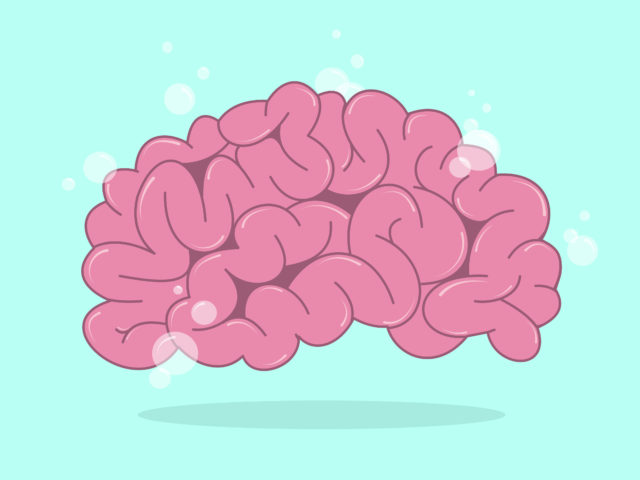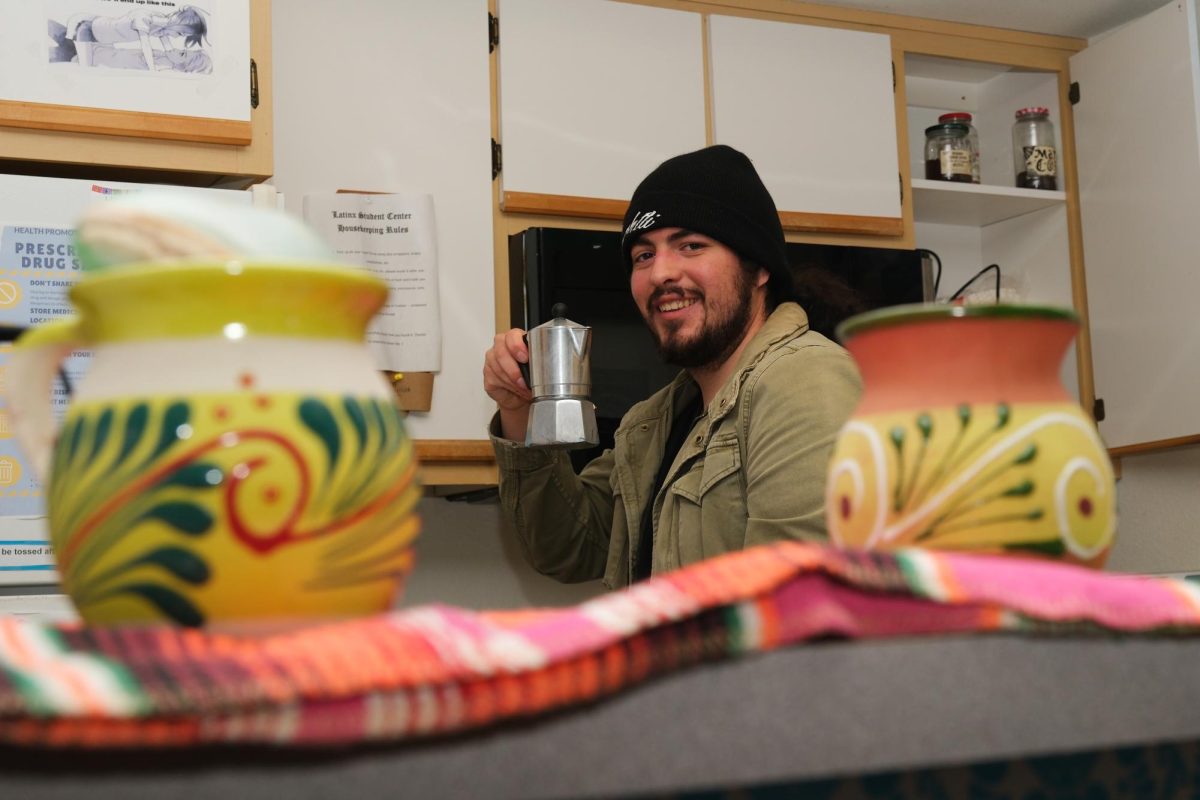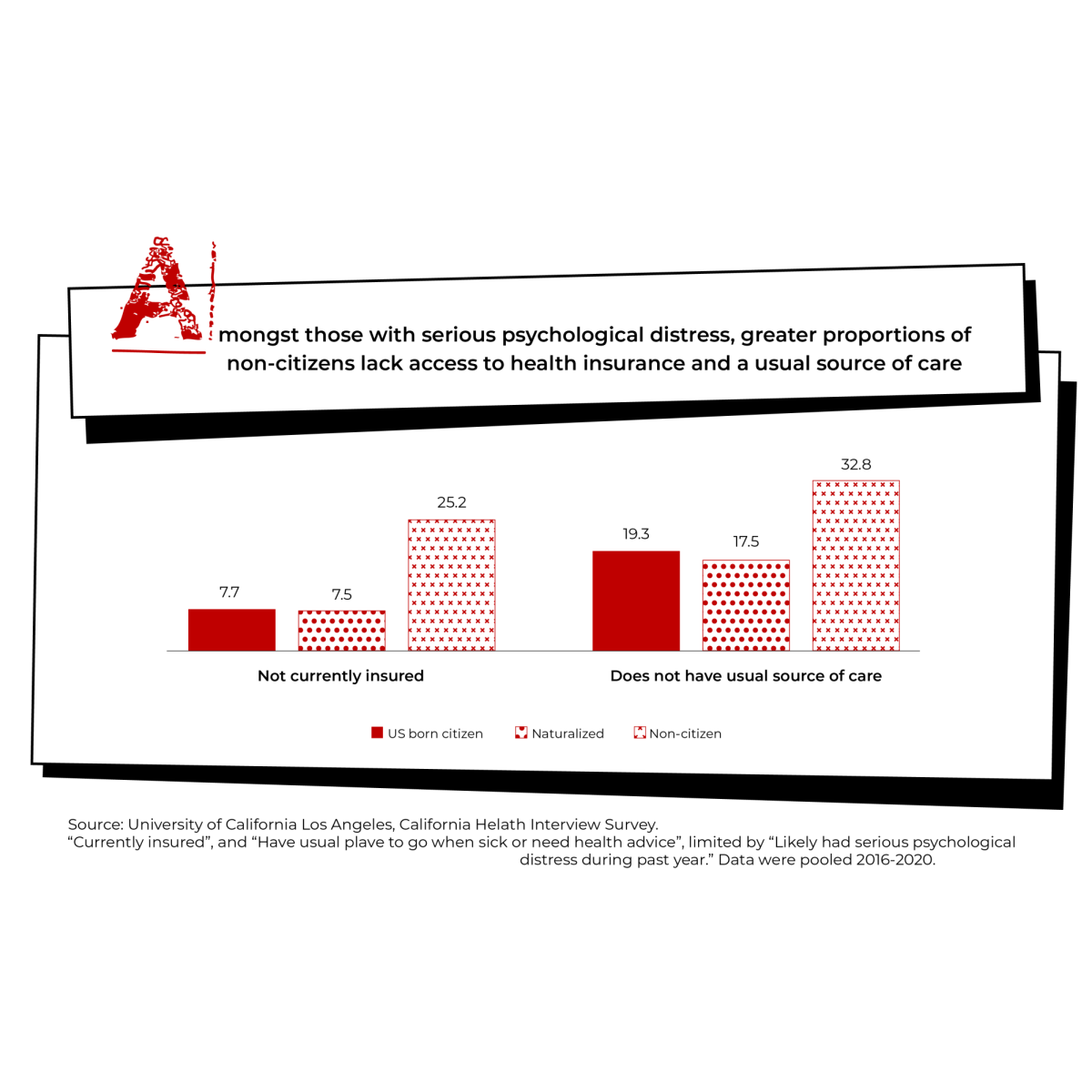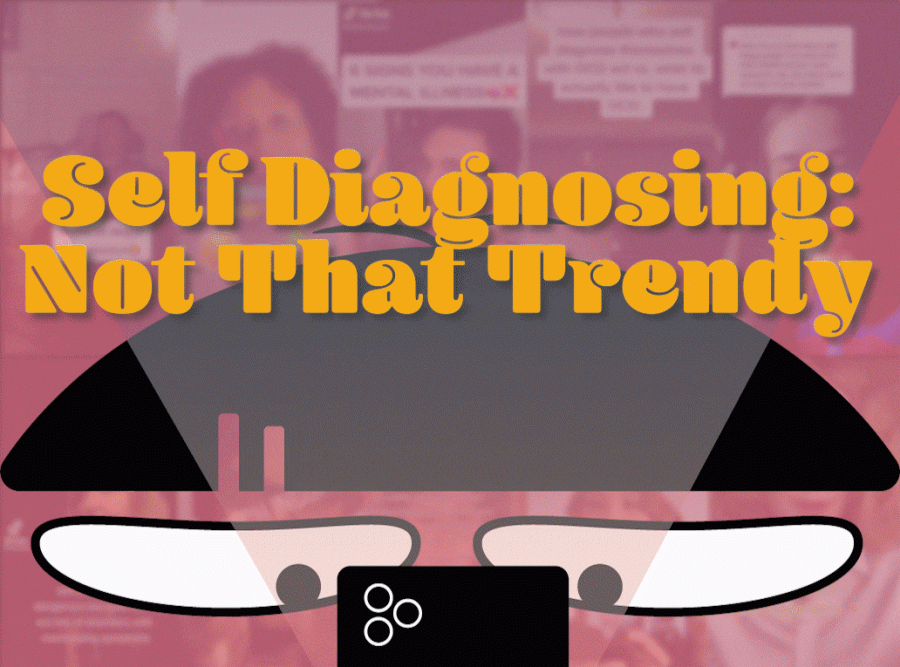Psychiatrist offices don’t always have long, bed-like couches, sometimes there are chairs, and sometimes those chairs have armrests and wheels. Sometimes they’re upholstered and other times they are not. Sometimes the chairs are soft and swallow you up, others have rigid backs, force you to sit up straight, send a pain up your spine reminding you that you’re alive and that your posture is poor. But what always seems to be present, and always within arm’s reach, is a fresh box of tissues, ready to sponge up the ooze that’s soon to come spilling out of your eyes and your nose.
The doctors don’t always have white hair and they don’t always write things down, sometimes they’re young—younger than you, even—and they type. They type or they write without breaking eye contact, and utter vague transitory phrases like, “I see” “okay” and “very good.” Other times they stay silent, allowing the sounds of ticking clocks and throat clearings to overtake the room. Some breathe heavy, while others breathe as if they were dead. And yes, they do always say, “we’re all out of time.”
My first time at a psychiatrist’s office, I was thirteen years old, and I can’t for the life of me remember her face. My mother told me her name was Cathrine, confirmed the spelling of her name, and reassured me that she was a “very good psychiatrist. Very, very good.” I was referred to Cathrine by my therapist, Theresa, after just a few sessions. I remember Theresa’s shoes best of all, brown leather sneakers with contrast stitching and grey tube socks. I spent a lot of the time looking down. I wondered if she ever changed socks.
I was a combative preteen, as my mother tells it, and usually worked myself up over minor things. Small bouts of rage were what brought me to Theresa’s and then Catherine’s offices those days, but there were other reasons why I stayed. It seemed that as early on as the age of nine, I spent a lot of time engaged in odd routines. My mother described them as funny—not humorous—more odd, and was unsure if they were cause for concern. I climbed in and out of bed repeatedly, took excessively long showers, and hid movies and books in between clothes drawers, always making sure the covers faced down. I had trouble sleeping, often waking up from nightmares, and slept in my bed upside down, with my feet where my head should be. The day Cathrine brought up medication I remember hurling lemons at our garage floor when we got home. I remember watching them burst open on impact. I remember hearing my mother cry.
Today I see a set of Susans for treatment, one a psychiatrist, the other a therapist. A panic attack late last summer landed me in the first Susan’s office where I was yet again diagnosed with Obsessive Compulsive Disorder (OCD). According to the DSM-5 (The Diagnostic and Statistical Manual of Mental Disorders), or the psychopathology manual used by mental health practitioners to diagnose disorders, the annual prevalence of OCD is around two percent worldwide. This amounts to roughly one in fifty people, so chances are you may have met some of us.
The majority of diagnosis however, happen in children between the ages of ten to twelve, according to Dr. Melissa Hagan, assistant professor of psychology at San Francisco State University. “If you’re thinking across the lifespan, OCD is most likely to express itself earlier,” explained Dr. Hagan, who is also the director of the Stress, Trauma & Resilience Lab at the university. “It might seem more prevalent in childhood because it’s the one time when we have people who are focused on us at all times.”
As a clinical psychologist, Dr. Hagan has years of experience working with young children, some of whom she has treated for OCD in the past. But during our visit, she explained that diagnosis is not always simple, especially when it comes to children.
“In young kids, sometimes OCD behaviors might develop for short periods of time so it’s difficult to diagnose it from a period of something like a couple of months, because a couple of months could just be a transient problem that resolves itself,” Dr. Hagan said. “Like a germ phase that a child goes through where they do certain things to avoid germs, but then they grow out of it,” “What is more problematic, or one way to tell when it might not be transient, is if it sticks around longer than a period of a few months, and if the behaviors are interfering with the child’s functioning. And no matter what you do to try and work with your child to not get hung up on those behaviors, they keep doing it because they need it to feel better.”
As a child, I often had the urge to run water over my wrists for long periods of time. It had nothing to do with germaphobia. I simply did it because I knew that not doing so would result in a heavy sense of unease. Dr. Hagan describes this as a classic example of repetitive actions that serve no genuine function other than to relieve inner tensions or stress. That’s where the compulsive part of OCD comes in. You don’t engage in these routines because they make sense; you do it because you’re compelled to. What is vital to understanding OCD is realizing the amount of distress it causes and how much it can impair everyday functioning.
But differences in culture, age, and even gender, can affect how parents and medical professionals view mental health disorders like OCD. Men are more likely to show onset symptoms of OCD before ten years old, while women are more likely to be affected as adults, according to the DSM-5. Professionals in the field, like Dr. Hagan, point to social gender norms, perceived characterological traits, and even puberty as possible explanations for these disparities, and warn about the dangers of making blanket statements on averages.
OCD is characterized by, “the presence of obsessions, compulsions or both,” according to the DSM-5. The severity of those symptoms depends entirely on the individual in question. But despite the clear requirements listed, the disorder is not particularly easy to define when it comes to adults either. Dr. David Gard, professor of psychology at SF State, explains that most mental health disorders, including OCD, exist on a spectrum and it is notoriously difficult to place individuals along that spectrum.
“The reality is that all of us sometimes are sad, all of us sometimes are anxious, all of sometimes compulsively do things that are not necessarily helpful, but what makes it a disorder is that those symptoms, which cluster together, impair functioning,” Dr. Gard explained. “In other words, the anxiety becomes so debilitating that the person is unable to go to work or go to school or interact in a way that is helpful for them.”
During bi-weekly check-ins and therapy sessions, I’m often asked to estimate my level of improvement via percentages of time spent performing compulsions or obsessive thinking. Therapist Susan tells me there is no right or wrong answer; psychiatrist Susan expects an answer—she needs the information to adjust medication dosages, and course correct her method of treatment if necessary. I do my best to help my Susans help me, but symptoms often come and go. External stressors can often exacerbate OCD symptoms, resulting in what are known as bouts, and individuals already high on neuroticism are more likely to see this occur, according to Dr. Hagan.
“Some people may take an hour to get out of their house and there is no observable impact on their ability to work or go to school or their relationships. Whereas other people, that hour is causing them enough impairment where they’re late to work, it gets them written up and so on,” explains Dr. Gard. “Or conversely, if the person is getting up an hour early to do these checking routines, but they’re getting to work on time and there’s no real effect on their relationships, is that harming them? Well, maybe because they’re getting an hour less of sleep. It’s complicated.”
And so this then becomes the major distinction between someone enamored with Clorox wipes and color coded underwear drawers, and an individual who wipes down their desk multiple times in fear that family members will suffer a sudden, catastrophic death.
“People confuse OCD with OCPD or Obsessive Compulsive Personality Disorder, which is different,” Dr. Gard clarified. “That is a rigidness to certain routines and a shallow emotional presentation. They’re actually unrelated, and people who say ‘I’m so OCD’ are really saying, ‘I’m rigid about something.’”
Dr. Gard—whose research is focused on schizophrenia, depression, and anxiety—emphasizes the importance of insight, or how individuals perceive reality, when discussing OCD. Categorized from good to fair, and absent to delusional, an OCD patient’s ability to rationalize obsessive-compulsive behaviors can be similar to schizophrenia in the sense that there is a disconnect with reality. In fact, some experts have suggested that the two could have some genetic overlap, according to Dr. Gard, although they still remain two very different types of disorders.
“OCPD is a characterological trait so people are much less likely to see it as a problem than when it is a disorder. It’s what’s known as egosyntonic, where you can’t see it as separate from you and so the behaviors don’t seem incongruent with how you see yourself,” explained Dr. Hagan. “With the personality disorder, it’s more diffused so there is a rigidity in multiple areas of life rather than just a rigidity around certain behaviors.”
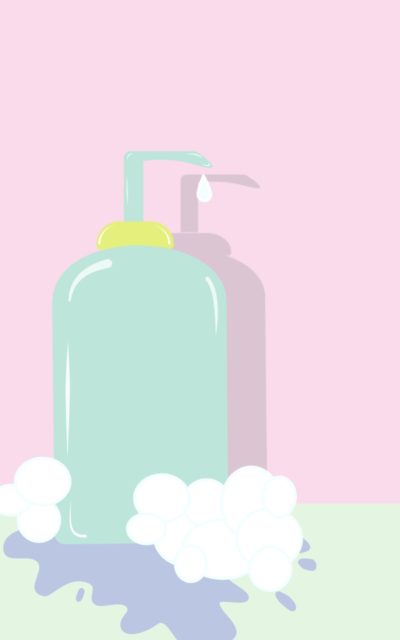
Disinfecting phones, tablets, door handles, and the underside of my fingernails was never about keeping organized or clean. During the worst of days, bloodied socks could not deter me from dragging the topside of my foot across our dining room floor before heading out for work; that’s what band-aids were for and the action kept screaming customers out of my face. Scalding hot hand washes removed the taint of unpleasant customer interactions throughout the day, and multiple seat belt clicks ensured I was safe from fiery car wrecks on my way home.
So as an adult responsible for navigating through life on my own, or at the very least making a sincere attempt to, I was at a loss the day I ran out of work convinced I was having a heart attack. What I had been doing—the compulsions and routines that kept me safe—had been working, so why now? What had I forgotten to do, or not do? As it turned out, I was not dying or suffering from cardiac arrest at the ripe age of twenty-eight. Instead, my brain decided to call it quits. At the suggestion of family and friends, I made my first doctor’s appointment in years. That’s how I met Maryam, my primary care physician. Her office did not have a box of tissues at my disposal, so when the waterworks came she used her hands to mop up the tears. I never had a doctor hug me before her. Doctor Maryam sent me to psychiatrist Susan, but not before writing me a prescription: 10 mg of Celexa, the brand name for the antidepressant Citalopram.
I often wondered why I was referred to psychiatrists and not psychologists or other professionals licensed to administer therapy, but figured it must somehow be correlated to my condition. But as it turns out, this is a topic of some debate among mental health professionals.
“Disorders mean different things in different fields. A medical and mental health disorder are quite different,” says Dr. Gard of the differences in both approach and treatment between psychology and its close cousin psychiatry, which he argues sees things from a more empirical, medical based model. “Psychiatry has traditionally been in charge of finding diagnosis and that has been shifting over time to psychologists who do a lot of work in that area more and more.”
Others point to larger, more systemic issues.
“The medical model of mental illness is medication, and psychologists do not prescribe medication,” says Dr. Hagan, admittedly infuriated with the concept of medication as the first form of treatment. “Psychologists, regardless of their prescription privileges, are trained assessors. Assessment is a huge part of our training and we have created most of the measures that assess for disorder. Psychologists are trained to do just that, we don’t go to full medical school for all these other things.”
I once again ended up needing the box of tissues during my first session with psychiatrist Susan. She recommended I take time off from work, and come back in two weeks for a follow-up. I was written another prescription; an increase in dose of Citalopram, which brought up my daily dose up to 20 mg.
Celexa (Citalopram) is a serotonin-specific reuptake inhibitor (SSRI), an antidepressant that acts on the neurotransmitter serotonin. “While they are most often used as antidepressants, SSRI’s can be helpful for a variety of psychiatric illnesses, including generalized anxiety disorder, obsessive-compulsive disorder, and post-traumatic stress disorder, among others,” writes Dr. Jonathan Heldt, resident physician at the UCLA Psychiatry Residency Training Program, in his book, Memorable Psychopharmacology. “These drugs work by inhibiting the reuptake of serotonin, effectively increasing the amount of serotonin active and available in the synaptic cleft.”
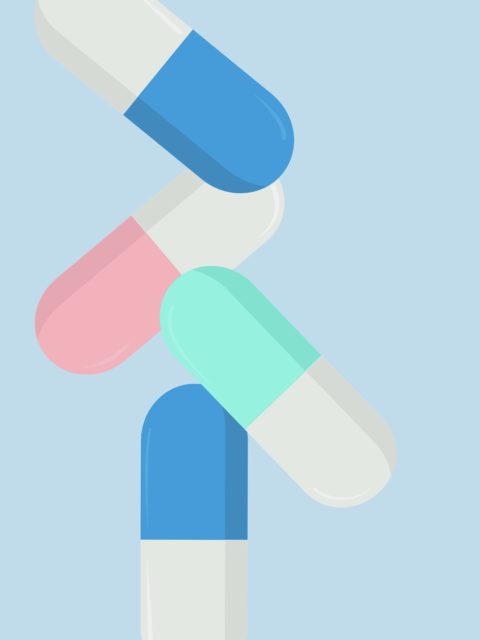
In other words, antidepressants are predicated on the notion that deficits in neurotransmitters like serotonin and norepinephrine (which is affected by Serotonin-Norepinephrine Reuptake Inhibitors known as SNRIs) are directly correlated to the disorders they are intended to treat.
“If you were suddenly worried that you forgot to lock the door right before going to bed, you would go check the lock,” Dr. Heldt writes. “When you see that it is in fact locked, your brain would use serotonin to help you feel ‘satisfied’ that you were safe, and your sense of worry would go away. In people with obsessive-compulsive disorder (OCD), however, this ‘satisfaction’ process has broken down, and they would return to continually check the lock many, many times. The role that serotonin plays in this process is perhaps even better understood than its role in mood, and the effect size of serotonergic medications in treating OCD is higher than it is for depression.”
The day of the lemon incident, my mother allowed me to take the medication psychiatrist Cathrine prescribed me: 10mg of Celexa. The therapeutic dose for that particular medication can vary, but generally it’s anywhere from 20 mg to 40 mg, and patients must work their way up to those targets slowly. But as soon as the first bottle ran empty, my mother made the decision to discontinue the medication, blaming it for making me “slow.”
“One thing to counsel patients on before starting an SSRI is how long they can take to work,” Dr. Heldt writes. “In multiple studies, it has been shown that full treatment efficacy is often not reached until four to six weeks (although typically some benefit is noticed within the first two weeks). Patients can sometimes feel like stopping the drug early, as the side effects (like diarrhea) are immediate, while the desired effects can take several weeks.”
As a diligent reporter, I showed up with a list of questions on antidepressants to my follow-up appointment with psychiatrist Susan. I came to learn that the majority of nausea, fatigue, and gastrointestinal side-effects I was experiencing were normal. The majority of the body’s serotonin (ninety percent) ends up in the gastrointestinal tract, according to Dr. Heldt’s Memorable Psychopharmacology. After making the decision to work myself up to a target dose of 30 mg, I saw only minimal improvement, and so it was time to make a choice: taper off Celexa and begin the process with a different antidepressant, which could take up to another six weeks, or add a different medication from a different class.
I chose to add a second medication and began meeting with a psychologist for talk therapy sessions. Today, I consider myself lucky to have a care team of Maryams and Susans to help work through my mental health hurdles. When I decided to start taking Effexor, the brand name for the SNRI Venlafaxine (an antidepressant with a nasty reputation for its harsh discontinuation side-effects) psychiatrist Susan warned me not to treat is as a panacea. There is no such thing as a cure-all pill. And she’s right. Composure needn’t come from a pill or an increase of chemicals secreted in the brain, it is derived from the determination to hold yourself together. Everything else just helps.
Illustrations by Carolina Diaz


